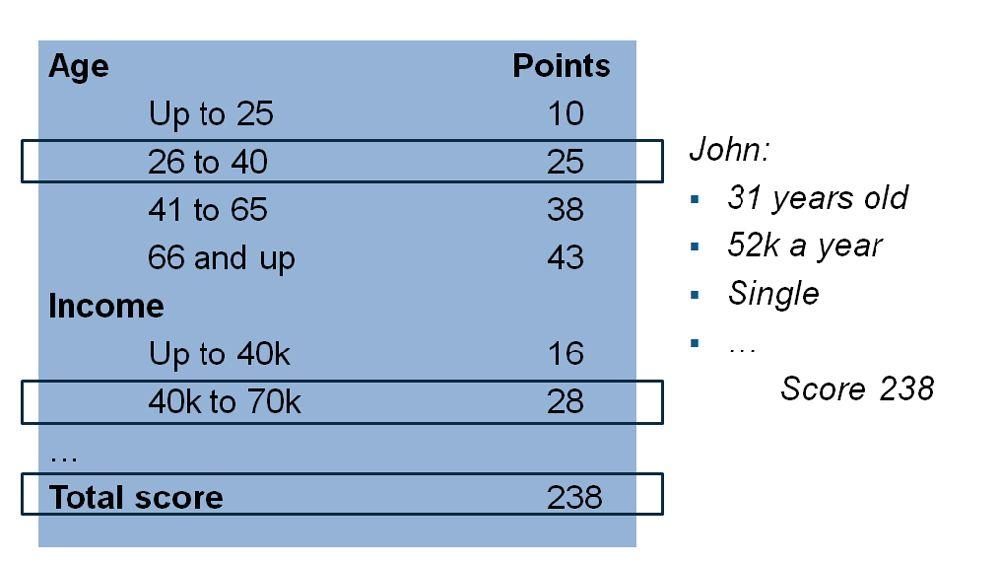In the intricate dance of personal finance, understanding your credit health is akin to having a finely tuned compass guiding you through the vast financial landscape. It’s not just about numbers; it’s about the story they tell—a narrative of trust, responsibility, and future potential. As we navigate an era where financial literacy is more crucial than ever, grasping the essential metrics that underpin your credit health becomes a powerful tool in your financial arsenal. This article delves into the top financial metrics that serve as the pillars of your credit profile, offering you the authoritative insights needed to not only comprehend but also master the art of maintaining robust credit health. Whether you’re a seasoned financial strategist or just embarking on your credit journey, these metrics will illuminate the path to financial stability and prosperity.
Understanding Your Credit Score Components
When diving into the realm of credit health, it’s crucial to unravel the intricate tapestry of factors that shape your credit score. These components, though varied, collectively paint a picture of your financial reliability. Payment History stands as the cornerstone, accounting for a significant portion of your score. It reflects your consistency in meeting financial obligations, with late payments casting long shadows on your creditworthiness.
Another pivotal element is your Credit Utilization Ratio, which measures the balance between your credit card limits and the amounts you owe. Maintaining a low ratio signals fiscal prudence. Equally important is the Length of Credit History, where a longer timeline of responsible credit behavior can boost your score. Other factors include:
- New Credit: Frequent credit inquiries can be seen as a red flag.
- Credit Mix: A diverse portfolio of credit accounts, from mortgages to credit cards, can positively influence your score.
By understanding these components, you can strategically navigate the financial landscape and enhance your credit health.

Key Ratios for Assessing Creditworthiness
Understanding the financial health of a business or individual is crucial for determining their ability to meet debt obligations. Key ratios serve as vital indicators in this assessment, offering insights into liquidity, leverage, and profitability. Among these, the Current Ratio stands out, measuring the ability to cover short-term liabilities with short-term assets. A higher ratio suggests a robust liquidity position, enhancing creditworthiness.
Equally important is the Debt-to-Equity Ratio, which evaluates the proportion of debt used in relation to shareholder equity. This ratio provides a snapshot of financial leverage, with a lower ratio generally indicating a more stable financial structure. Creditors often favor entities with a balanced approach to debt and equity, as it signals prudent financial management. Other significant ratios include:
- Interest Coverage Ratio: Assesses the ease with which interest expenses are covered by earnings.
- Quick Ratio: A stringent test of liquidity, excluding inventory from current assets.
- Return on Assets (ROA): Measures how efficiently assets are utilized to generate profit.
These ratios, when analyzed collectively, provide a comprehensive view of credit health, guiding informed lending and investment decisions.
Strategies for Maintaining Optimal Credit Health
To ensure your credit remains in top shape, it’s crucial to adopt a proactive approach. Start by setting up automatic payments for all your bills. This simple step helps you avoid late payments, which can significantly impact your credit score. Additionally, make it a habit to regularly review your credit reports for any discrepancies or errors. If you spot inaccuracies, take immediate action to dispute them.
Consider maintaining a low credit utilization ratio by keeping your credit card balances well below their limits. This not only boosts your credit score but also reflects positively on your financial management skills. Diversifying your credit mix, such as combining installment loans and revolving credit, can also enhance your credit profile. avoid opening too many new accounts in a short period, as each application can result in a hard inquiry, potentially lowering your score.
- Set up automatic payments to avoid late fees.
- Regularly review credit reports for errors.
- Maintain a low credit utilization ratio.
- Diversify your credit mix.
- Avoid opening too many new accounts at once.
Expert Tips for Monitoring Financial Indicators
To effectively keep a pulse on your credit health, it’s crucial to focus on key financial metrics that provide a comprehensive view of your financial standing. Start by examining your credit utilization ratio. This metric, which compares your current credit card balances to your credit limits, should ideally be below 30%. A lower ratio not only enhances your credit score but also reflects your ability to manage credit responsibly.
Another essential indicator is your debt-to-income ratio (DTI). This ratio measures your total monthly debt payments against your monthly income. A DTI below 36% is generally considered healthy and indicates a balanced financial life. Additionally, pay attention to your payment history, as it constitutes a significant portion of your credit score. Ensure all bills are paid on time to maintain a positive record. Monitoring these metrics regularly will empower you to make informed financial decisions and sustain robust credit health.





